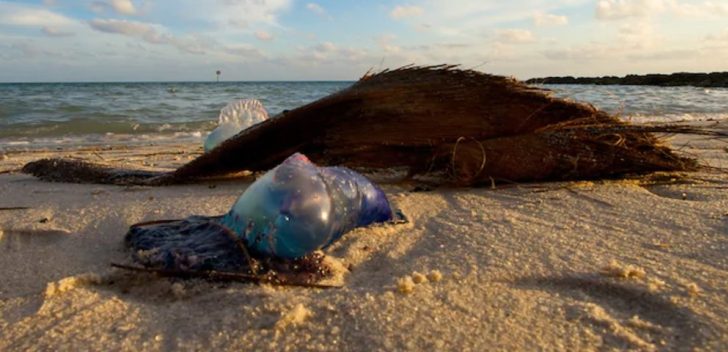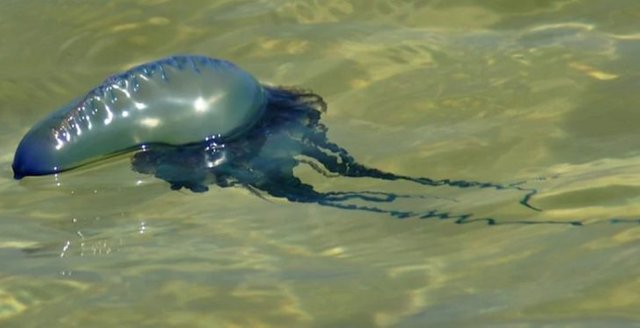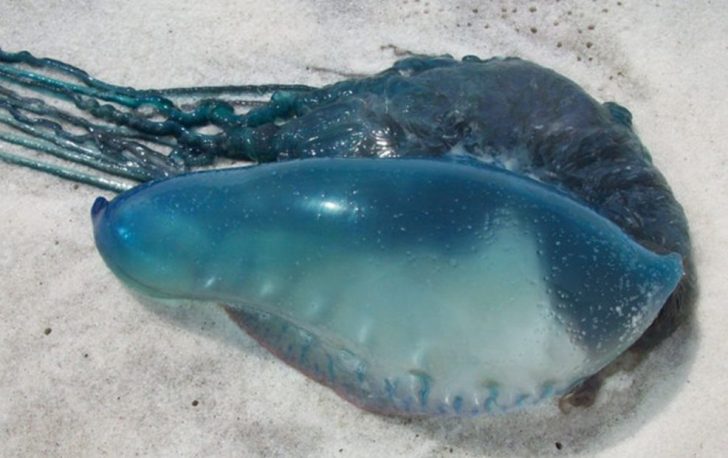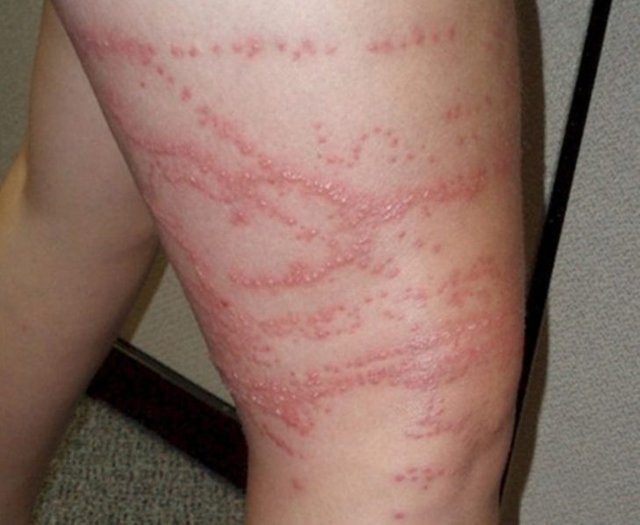You never foresee injury in paradise, but it sure helps to know what dodge if you know what to look for.
However, trouble can come in a beautiful package. If you’re not familiar with it, you might overlook something deadly for innocent attraction.
And who could criticize you? When you’re on vacation in a tropical heaven, you normally keep an eye out for the unusual, the unknown, and the beautiful.
Sadly, nature’s surprises tend to come with severe consequences. Hopefully, this message will help you, or someone you know, avoid a severe mistake.
You wouldn’t be the only person to be deceived by the beauty of this purplish bubble.
It’s surely a nice looking creature, sure to attract people who are curious and are wandering on a beach.

Typically, the Portuguese man o’ war will just float along on the currents — often in pods of 1,000 or more.
But there’s more to the Portuguese man o’ war than an attractive small bubble.

Their tentacles are the reason beaches put up warning signs about the Portuguese man o’ war.
The tentacles and soft flesh make the Portuguese man o’ war similar to a jellyfish, but it’s not a real jellyfish.

They can give a nasty sting that it usually uses to paralyze its prey.

Just think about being caught out in the water with a thing that can’t manage its direction and has 100-foot-long stinging tentacles!
But the really disturbing thing about the Portuguese man o’ war, aside from its beautiful appearance, is that it remains dangerous even after it washes up on the beach.
If you do get stung, don’t pee on the area. You might have heard that’s a great idea, but it can really make things worse.

Above all, read the warning signs and listen to the directions from lifeguards.